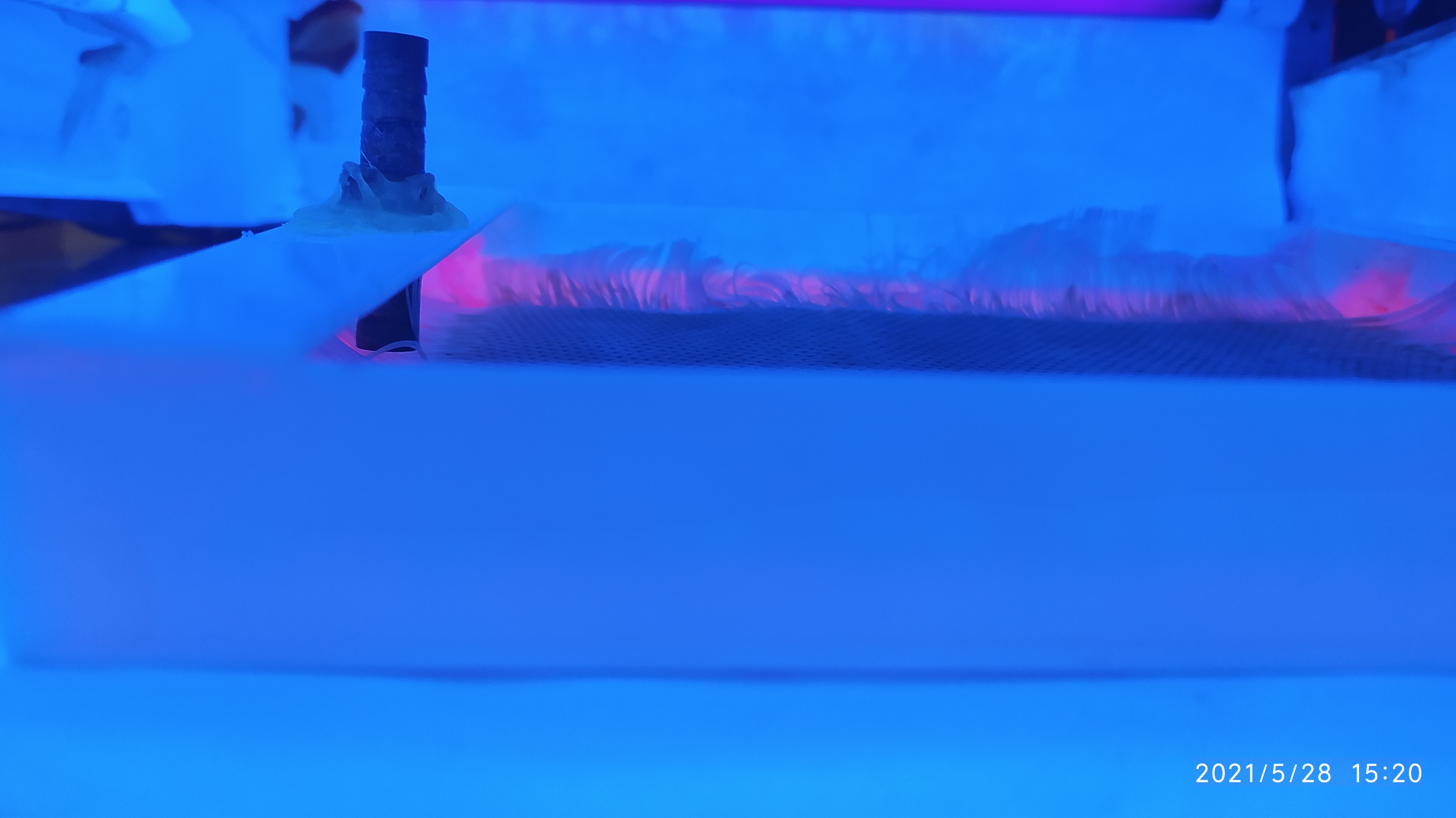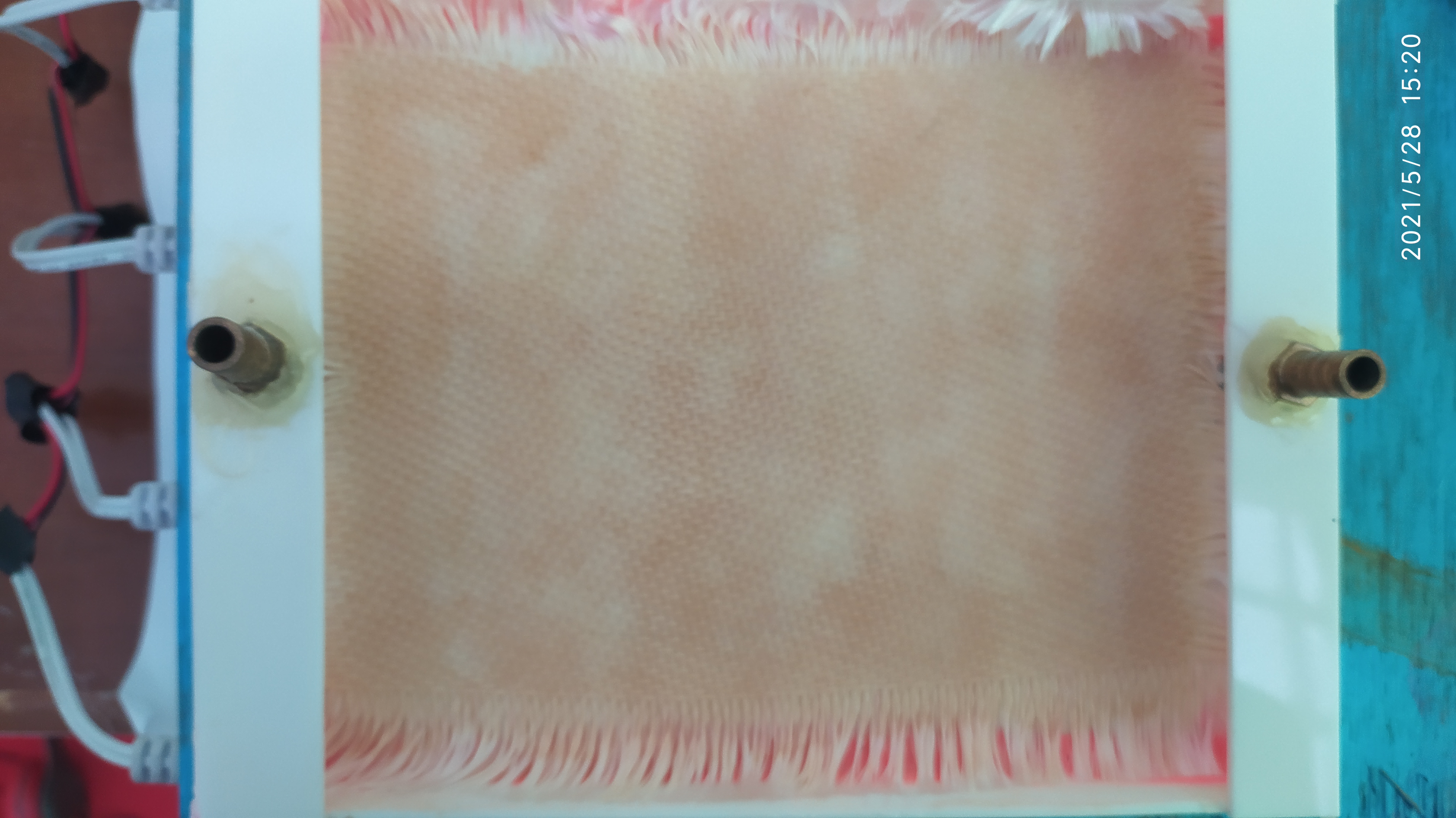Photocatalytic degradation was use a catalyst that can have behavior as like in the semiconductor, hence the mechanism is quite similar to the solar cell. However this process is much simple, because the electron that released by the catalyst was use for triggering the reduction reaction, where the hole that produce was became the place for oxidation reaction. Here we conducted a research about photocatalytic degradation of rhodamine b (RhB) as the artificial dye.
RhB was a chemical formula that exhibit a pink-red color under visible wavelength. This compound was use for many purpose, especially industrial coloring. The RhB was a cationic dye which has good ability to interact with plastic, hence usually use for this purpose of coloring. The waste water that polluted by RhB usually can’t be consumed, because it’s already recorded the bad health effect for the living organism. Natural photodegradation under the sunlight is take long time, hence we use the photocatalytic degradation for increasing the reaction rate.
From the experiment by using iron doped zinc oxide (Fe-ZnO), we can recorded the photocatalytic degradation under ultraviolet lamp take 3h. The concentration pollutant that use in this research was 0.5 ppm, and the volume was 200 mL. This data shows a great improve of the rate of photodegradation, because without the catalyst, irradiating the RhB under ultraviolet light was not decreasing the concentration, but increasing it up to 0.65 ppm. This condition was affected by the solvent evaporation and increase the pollutant concentration.

RhB before and after degradation

Photocatalytic degradation under ultraviolet

Catalyst
Congratulations @isci! You have completed the following achievement on the Hive blockchain and have been rewarded with new badge(s) :
Your next target is to reach 50 comments.
You can view your badges on your board and compare yourself to others in the Ranking
If you no longer want to receive notifications, reply to this comment with the word
STOPSupport the HiveBuzz project. Vote for our proposal!